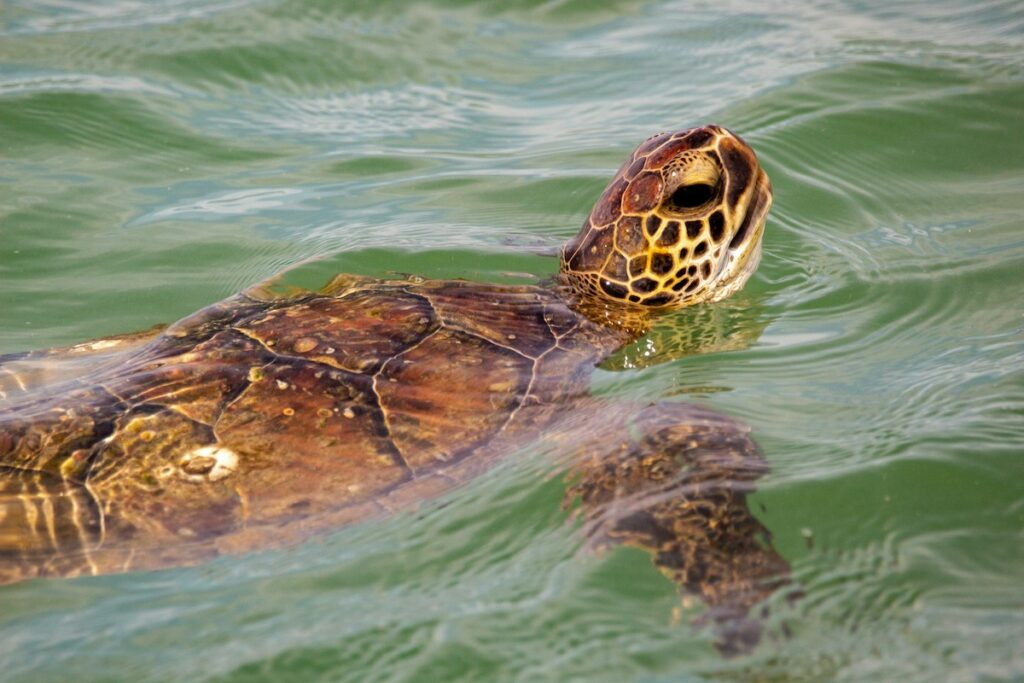A Journey Through its Hidden History and Lush Landscape

San José Island, a slender barrier island off the Texas Gulf Coast, boasts miles of undisturbed beaches and an intricate history that intertwines with the larger narrative of Texas. Once the home to Karankawa Native Americans and the site of significant conflict between European colonial powers, the island has morphed through various roles before becoming the private retreat it is today. It served as a point of contention for pirates and empire builders, a fact evidenced by the historical artifacts scattered across its landscape. Today, despite its exclusivity, the island’s past inhabitants and events remain a point of fascination for historians and archaeologists alike.
Spanning 21 miles, the island’s natural beauty is preserved in its pristine beaches, tranquil dunes, and a diverse array of wildlife, making it a living laboratory for naturalists. Its marshes and estuaries are teeming with life, supporting a complex ecosystem that is both beautiful and vital to the health of the region’s environment. This untouched splendor is a silent witness to the island’s storied past, providing a contrast to the layers of human history that have unfolded on its shores.
Although the island’s status as a private entity limits public access, the impact of San José on Texas’s historical tapestry is undeniable. From hosting indigenous tribes to European settlers, to its strategic importance in commerces such as ranching and the Civil War, San José Island’s multifaceted legacy commands attention. Archaeological sites peppered across its sands offer a tantalizing glimpse into centuries of occupation, survival, and evolution, capturing the interest of anyone drawn to the rich tapestry of Texas history.
The Early Inhabitants of San José Island
San José Island has a rich history shaped by its early inhabitants. This section explores the Native American heritage present long before European exploration and the subsequent settlements that influenced the island’s historical trajectory.
Native American Heritage
Evidence of early Native American presence: The Karankawa people were the primary Native Americans known to inhabit San José Island. They utilized the island’s resources for fishing and hunting. Archaeological findings such as arrowheads, pottery, and other artifacts indicate the Karankawa’s occupation of the island.
Interaction with the environment: The Karankawa had a deep connection with the coastal ecosystems. Their diet consisted mainly of fish, shellfish, and local game, and they traveled in canoes made of hollowed-out tree trunks.
European Settlements and Influence
The arrival of Europeans: The 16th century marked the arrival of European explorers to the Texas Gulf Coast. San José Island saw various European powers, including Spain and France, attempt to establish their presence.
Influence on Native populations: European settlements impacted local Native American tribes, leading to exchanges of culture and goods but also to conflict and disease. Spanish missions were established in the region, indicative of their efforts to colonize and convert the indigenous populations.
San José Island’s Role in Texas History
San José Island, a pivotal landmark off the coast of Texas, has been a silent witness to battles and historical turnovers. From the Texas Revolution to the Civil War, its shores have echoed with the past.
The Texas Revolution
During the Texas Revolution, San José Island, known to some by its Spanish name Isla San José, served as a temporary stronghold for forces. In 1836, it was at St. Joseph’s (San José) Island where General Thomas J. Rusk of the Texian Army detained Mexican General Martín Perfecto de Cos after the Battle of San Jacinto. This capture was crucial, as Gen. Cos was an important commander and the brother-in-law of Mexican President Antonio López de Santa Anna.
Civil War Impact
The Civil War left its mark on San José Island when Confederate forces fortified it to guard against Union attacks along the Gulf Coast. The island’s strategic location near the Aransas Pass made it significant for both controlling access to the port of Corpus Christi and for shipping cotton, a key commodity for the Confederacy. Union attempts to blockade Texas ports included efforts to seize control of the island, which underlines its importance during this tumultuous period.
Archaeological Treasures of San José Island
San José Island, a privately-owned gem off the coast of Texas, offers a treasure trove of archaeological sites. Visitors are drawn to its rich repository of prehistoric artifacts and historic site excavations that provide a tangible link to the island’s fascinating past.
Prehistoric Artifacts
The island’s land bears witness to its long-standing occupancy by Native American tribes. Excavation efforts have uncovered a variety of tools, including projectile points, scrapers, and pottery shards. These items suggest a history of hunting, gathering, and crafting that spans several millennia.
- Tools Found:
- Projectile points
- Scrapers
- Pottery shards
Archaeologists have also identified ancient campsite locations where these tribes presumably lived and thrived. The campsites are marked by midden deposits, which are ancient trash piles that contain as well an abundance of shells and fish bones, indicating a diet rich in marine resources.
Historic Site Excavations
Post-Columbian exploration and settlement introduce a new chapter in the island’s history. The remains of 19th-century homesteads on the island point to a period of European colonization and subsequent settlement activities. Artifacts from this era include domestic items, such as ceramic fragments and rusty tools, which highlight the day-to-day life of the island’s more recent inhabitants.
- Remains found:
- Foundation ruins
- Ceramic fragments
- Rusty tools
Excavation sites also reveal military artifacts, echoing the island’s strategic significance during the Civil War. Lead bullets, uniform buttons, and fragments of weaponry serve as somber reminders of the conflicts that once touched this serene landscape.
Flora and Fauna: San José Island’s Natural Beauty
San José Island is a testament to natural diversity, hosting an array of species and landscapes that deliver a rich ecological experience.
Protecting Biodiversity
San José Island is a sanctuary for a wide variety of birds, including least terns, red knots, and piping plovers. The island’s commitment to preserving habitats helps maintain these populations. Here, conservation efforts ensure the survival of both local species and migratory birds, cementing the island’s reputation as an invaluable refuge in the Gulf of Mexico.
- Notable Bird Species:
- Least Terns
- Red Knots
- Piping Plovers
Unique Ecosystems
The island’s ecosystems range from sprawling sandy beaches to lush seagrass beds. Each environment supports unique lifeforms, such as the endangered Kemp’s Ridley sea turtle found along the shoreline. Inland, the quiet back-bay waters foster rich marine life, where seagrasses act as nurseries for juvenile fish and crustaceans.
Key Ecosystems:
- Beaches:
- Home to nesting sea turtles
- Shorebird feeding sites
- Seagrass Beds:
- Nurseries for fish
- Habitat for crustaceans
Contemporary Status and Accessibility
San José Island is a privately owned island that is not widely accessible to the general public. Despite this, conservation efforts highlight its ecological significance.
Private Ownership
San José Island, located off the Gulf Coast of Texas, remains under private ownership. The island is owned by the heirs of George H. Paul, with the current majority belonging to the Jamail family after a sale in 1998. Although it is private land, Texas law ensures that the beaches up to the vegetation line are open to the public, as all Texas beaches are considered public property. However, access to the rest of the island is restricted, and permission from the owners is required for any visitation beyond the beach areas.
Public Interest and Conservation Efforts
The island’s rich biodiversity sparks significant public interest and conservation efforts. The Texas Parks and Wildlife Department, alongside private conservation groups, work to protect the habitats and species that reside on the island. These efforts are key to preserving the island’s natural beauty and its status as a critical area for bird migration.
- Bird Migration: The island is an important stopover for migratory birds, making it a focal point for ornithological studies.
- Ecological Importance: Conservation groups emphasize the protection of sea turtle nesting beaches and the seagrass beds that are vital for the local marine life.



